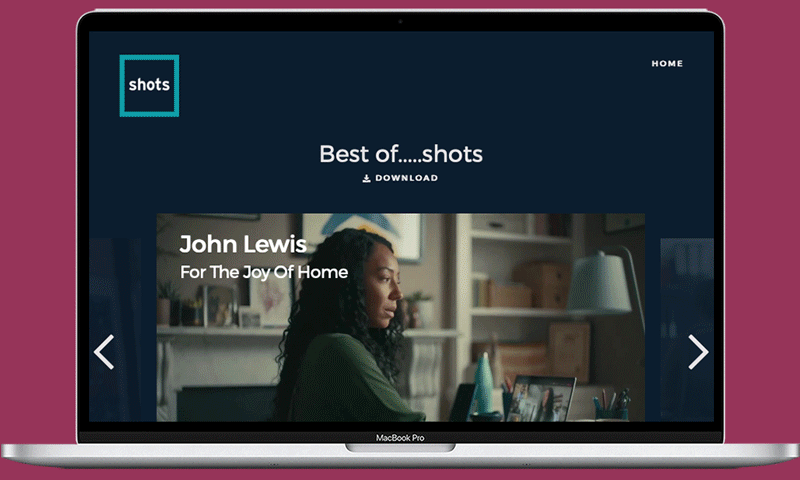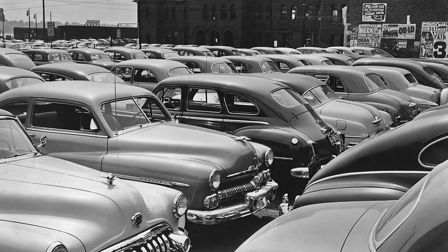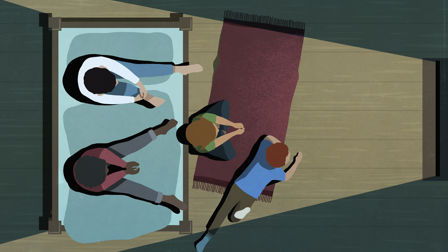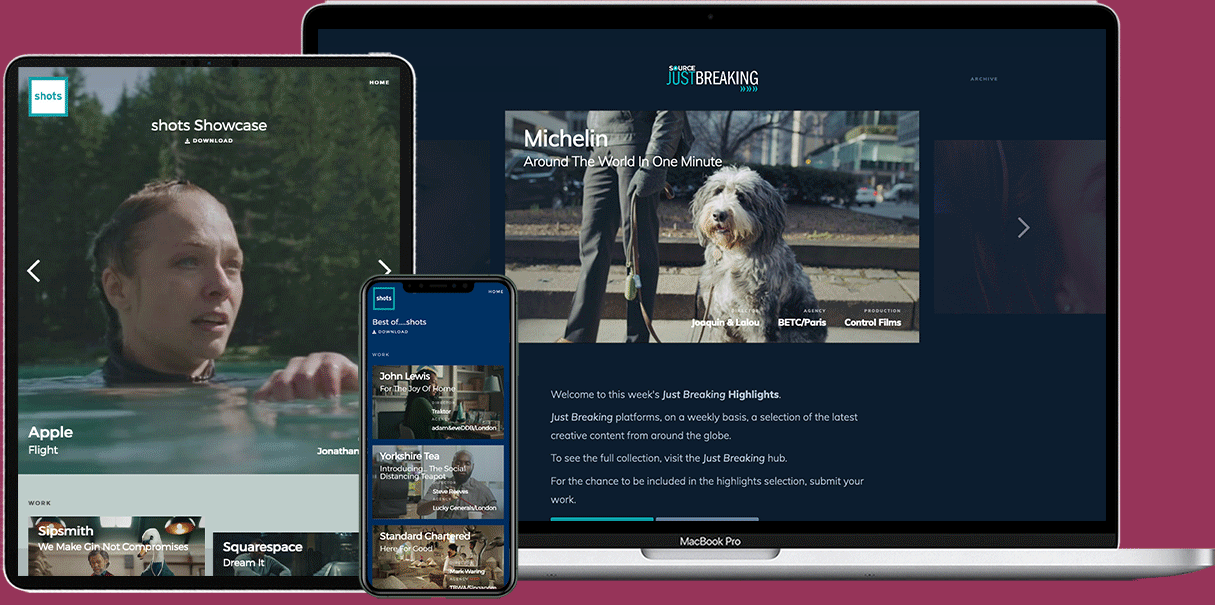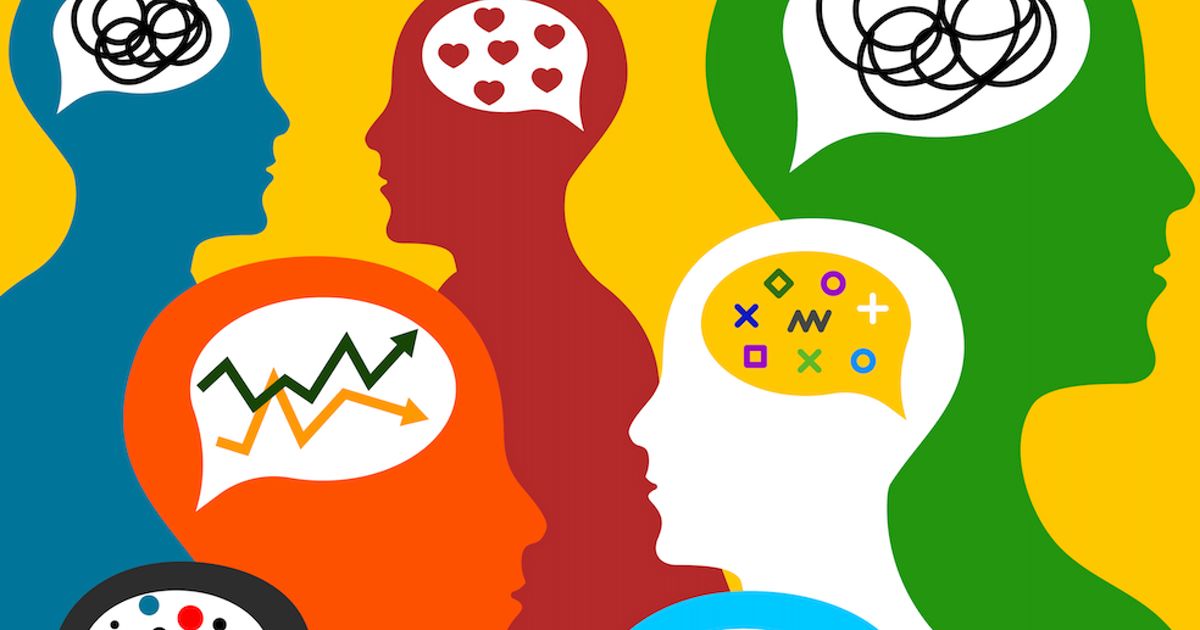To reignite creative advertising, difference makes the difference
The creative advertising industry has become boring, toxic and stale – but it doesn’t have to be that way. House of Oddities CEO, Sachini Imbuldeniya, argues that the solution is simple: make more room for people who don’t think like you.
Last month I was on set, directing a TV commercial for a charity. I insist on having a diverse crew on every production, so I was surrounded by women and men of all ages and ethnicities, all focused on the job at hand… except for one man.
He was an older Asian man, who kept staring at me. And staring at me. Eventually, he came over during a break in filming.
Here he stood, looking awkward. I braced myself.
Here we go, I thought. I’m used to certain types of comments on set (especially from men) – “Do I need help with any of the technical stuff?”; “Smile, love, it might never happen”. Or, if I show any kind of frustration, then the perennial, “That time of the month, is it?”
Anyway, here he stood, looking awkward. I braced myself. “I just wanted to say,’ he whispered, "that this is the first time I’ve ever worked for a South Asian female director. Amazing."
And then he gave me a thumbs up, and walked off in search of a sandwich.
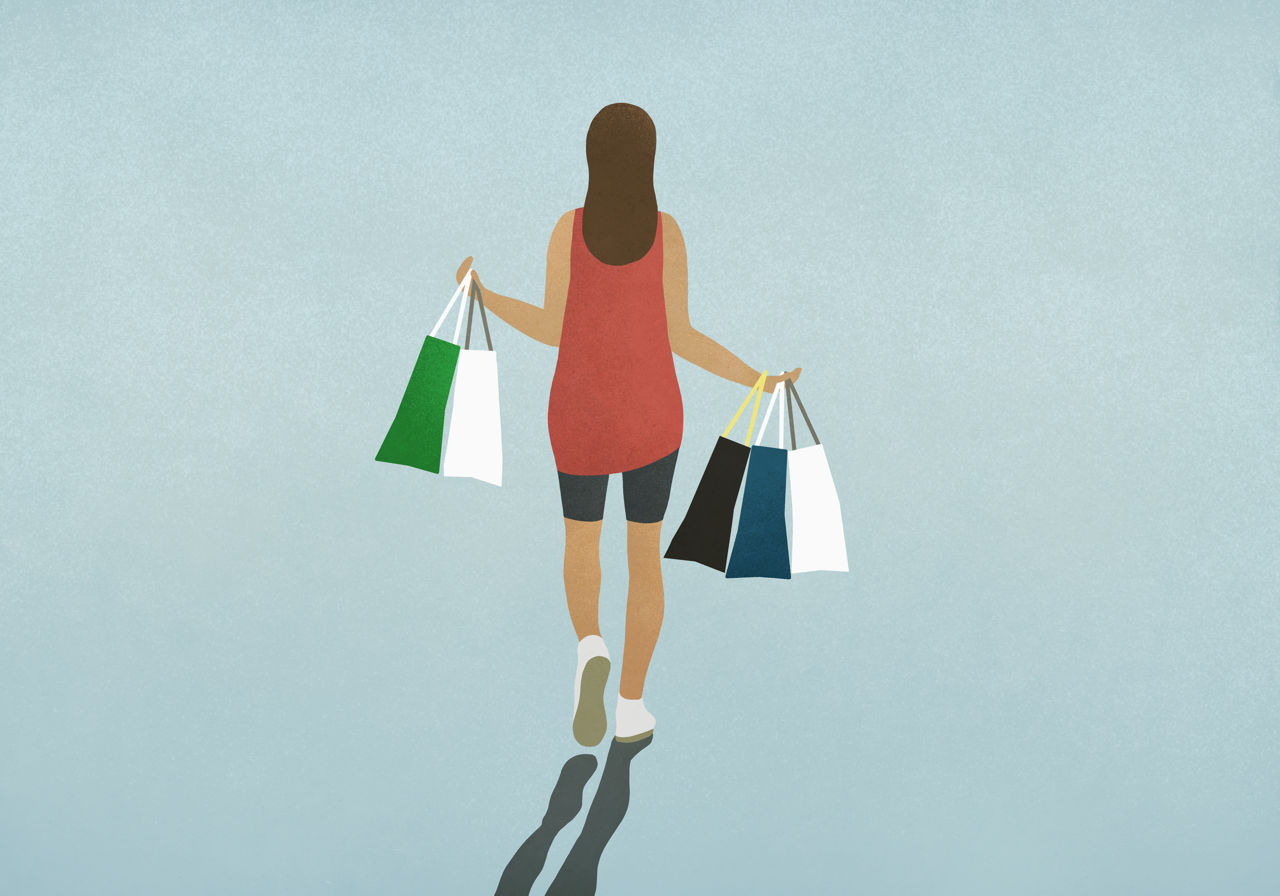
Above: 80 per cent of consumer spending is directly influenced by women, but only 3 per cent of creative directors are female.
I was shocked. But working with women of colour in the creative industry shouldn’t be such a rarity. 80 per cent of consumer spending is directly influenced by women, but only 3 per cent of creative directors are female. Brands miss out on £4.5bn per year (according to the Black Pound Report) by not speaking authentically to multi-ethnic consumers.
If we really wanted to speak authentically to these audiences, then there would be more women of colour directing ad campaigns than you could shake a stick at. But there aren't.
We are working in an industry that is less effective at speaking to audiences than ever before.
We are working in an industry that is less effective at speaking to audiences than ever before (prompting a rise in ad blockers at a rate of 8% a year). Audiences are fragmented, distracted, bored. To break into that we therefore need fresh ideas.
I mean, if we go back to basics for a second: the dictionary definition of creativity is: ‘the ability to transcend traditional ideas… to create meaningful new ideas.’ Literally our job is to come up with something new. Especially now, when what’s gone before is no longer working.
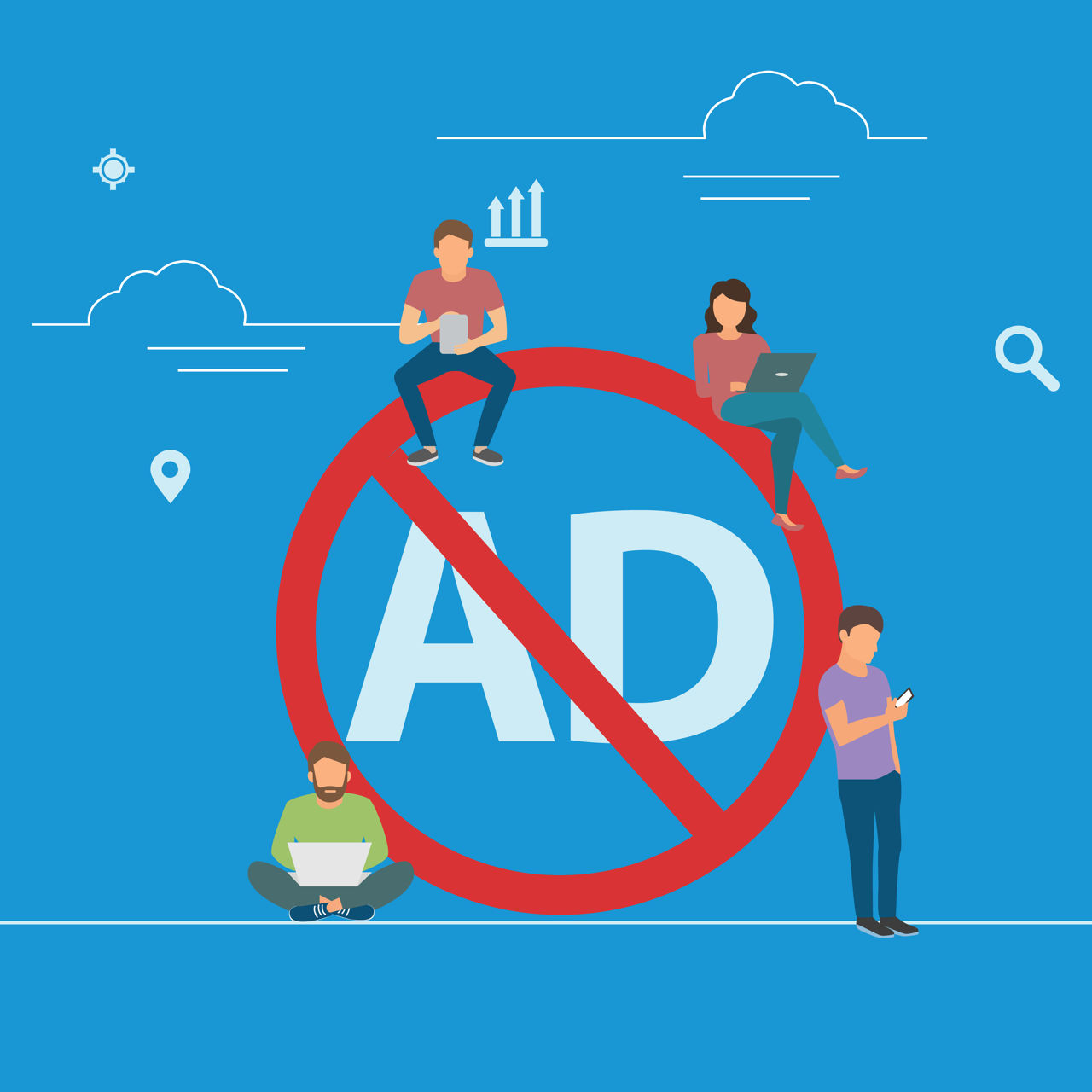
Above: There has been a rise in ad blockers at a rate of 8% a year.
For decades we’ve had mostly white, mostly middle-class men creating ads for ‘the rest of us’. And the results have been pretty underwhelming. Dave Trott says that "advertising is now more boring than accountancy". Peter Fields (Group Head of Effectiveness at adam&eveDDB) crunched the numbers and found that "boredom and dullness is wasting £10–15 million of clients’ money per campaign, on average". The same people doing things the same old way has led us to this.
Dave Trott says that "advertising is now more boring than accountancy".
If we want to do something different, then maybe we need to hand the reins over to someone who’s, gee, I don’t know… different?
There are some good agencies out there who are trying their best to embrace diversity. I’ve lost count of the number of internship schemes, recruitment drives, diversity networks and employment events I’ve been dragged into (to provide a ‘different perspective’, of course), where the intention to hire lots of multi-ethnic graduates has, for the most part, been genuine.
At last year’s Cannes Festival I was delighted to see Cephas Williams bringing so many young Black creatives from the Black British Network (and to witness the iconic Candy dance being performed in the middle of a party was an added bonus).
But attracting diverse talent to the industry is not enough.
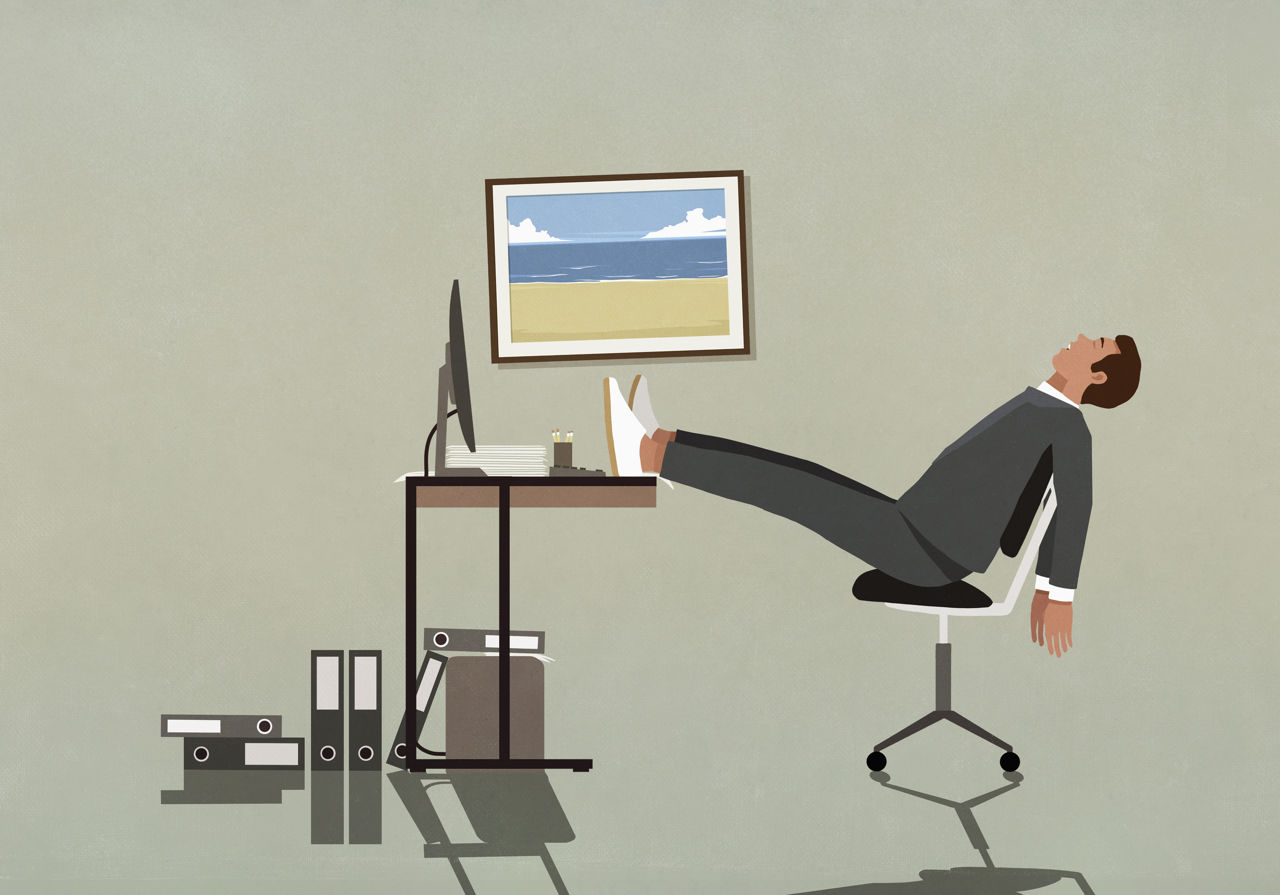
Above: Peter Fields, Group Head of Effectiveness at adam&eveDDB, crunched the numbers and found that "boredom and dullness is wasting £10–15 million of clients’ money per campaign, on average".
Last year the UK ad industry recorded the biggest annual rate of staff turnover in more than a decade due to problems including burnout, pay and gender and racial inequality. We’re slowly getting better at bringing diverse people into the industry, and then we’re burning them straight out of it again.
The answer has to be cultural. If we’re going to breathe new creative life into our industry – and make it a much nicer place to work – agencies (and clients, too) need to attract diverse talent but also change workplace norms and cultures to give them the confidence to be, well, different. To be more inclusive, and to create difference, something to be celebrated and championed rather than ironed out.
If we’re going to breathe new creative life into our industry, agencies (and clients, too) need to attract diverse talent but also change workplace norms.
There are some small signs of progress. Chris Kenna’s Brand Advance is doing amazing work at reaching out to multi-ethnic audiences in an authentic way. My own agency is built specifically so that diversity is part of our DNA. And I did, after all, direct a TV commercial last month with many saying that it had ‘the most diverse crew they’d ever seen’.
Back on set, I spoke to the Asian man after we wrapped, and thanked him for his nice comment. How long had he been working in the industry, I asked? Twenty five years, he said.
So, yeah. Progress. But if we’re going to bring freshness to our creative industry, we’re going to have to work a lot fucking quicker than that.
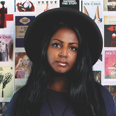


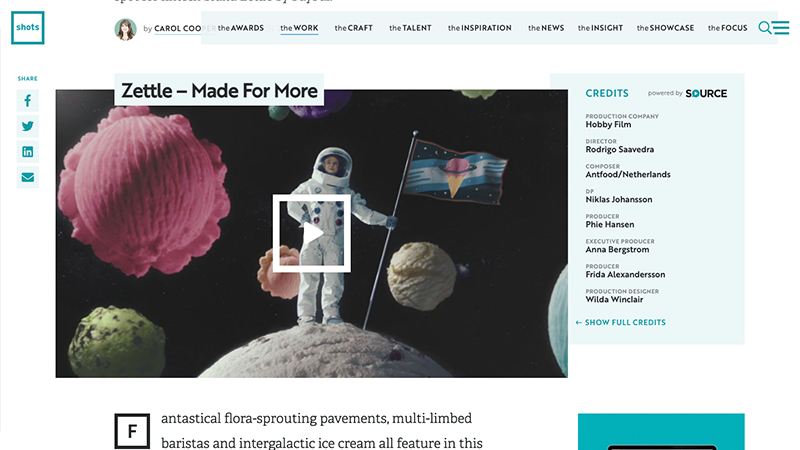

 + membership
+ membership